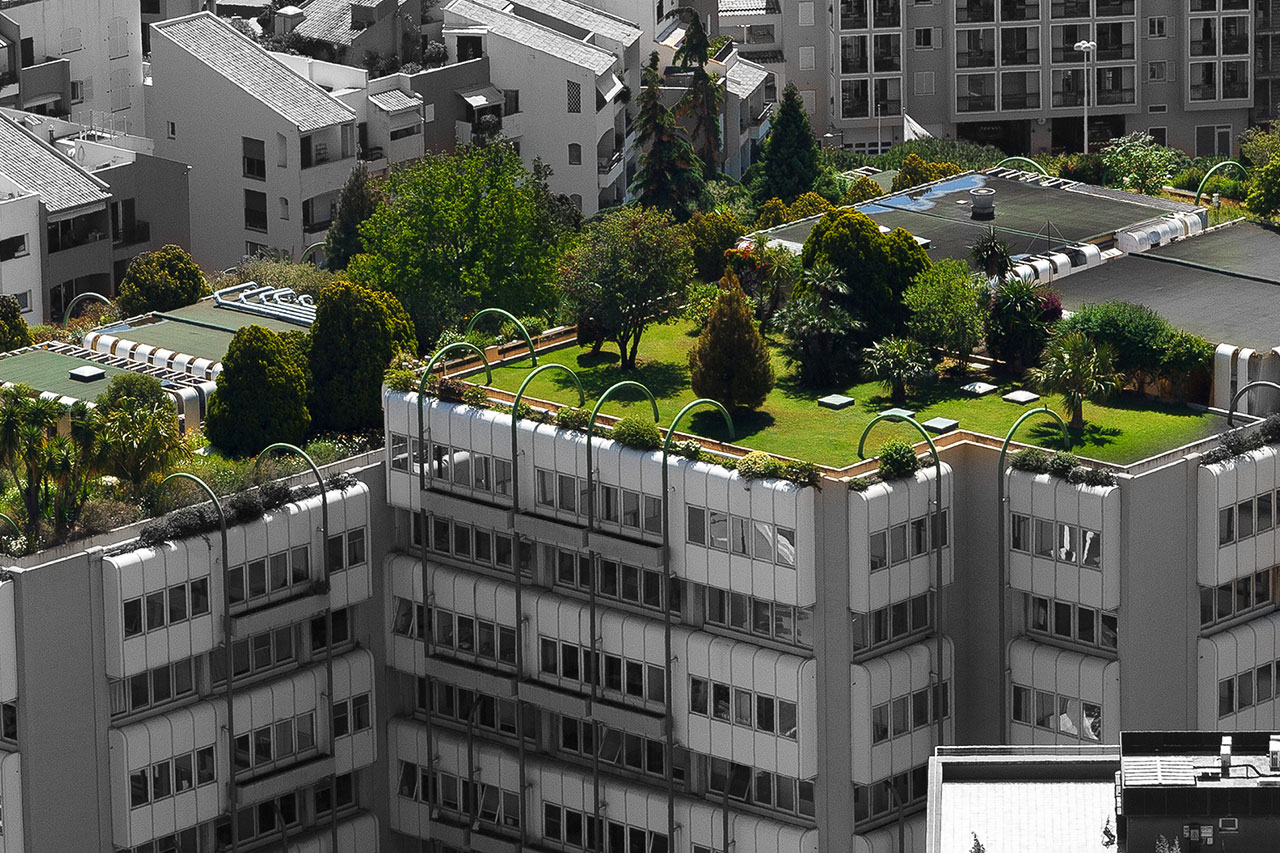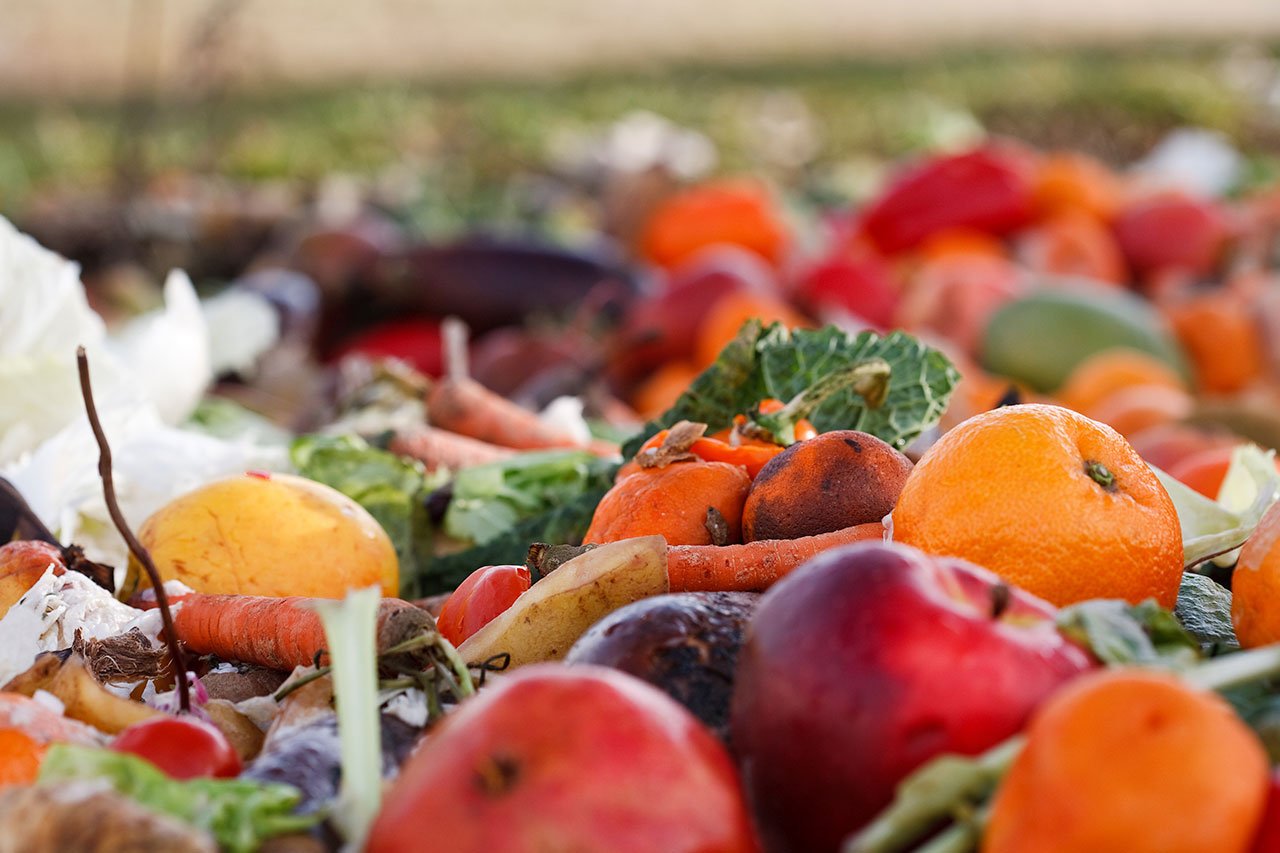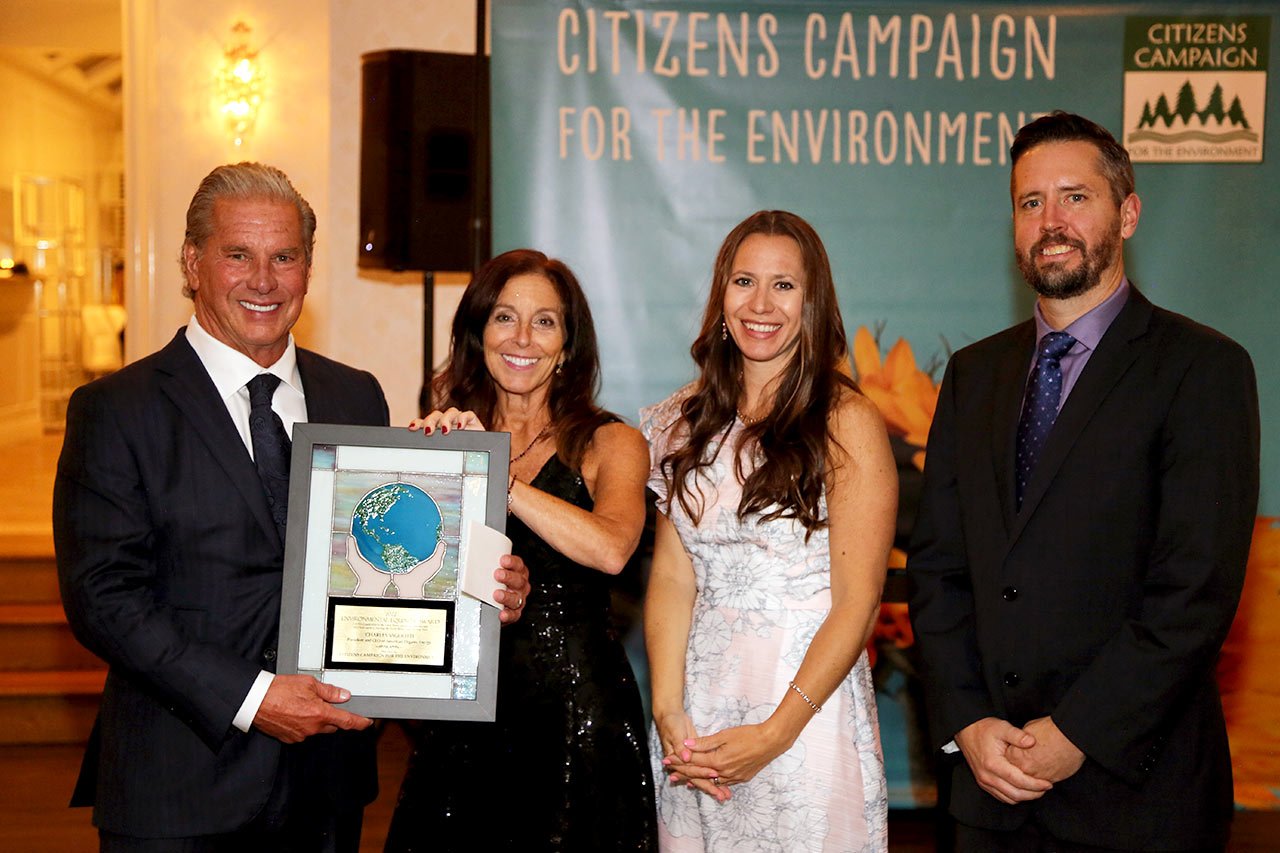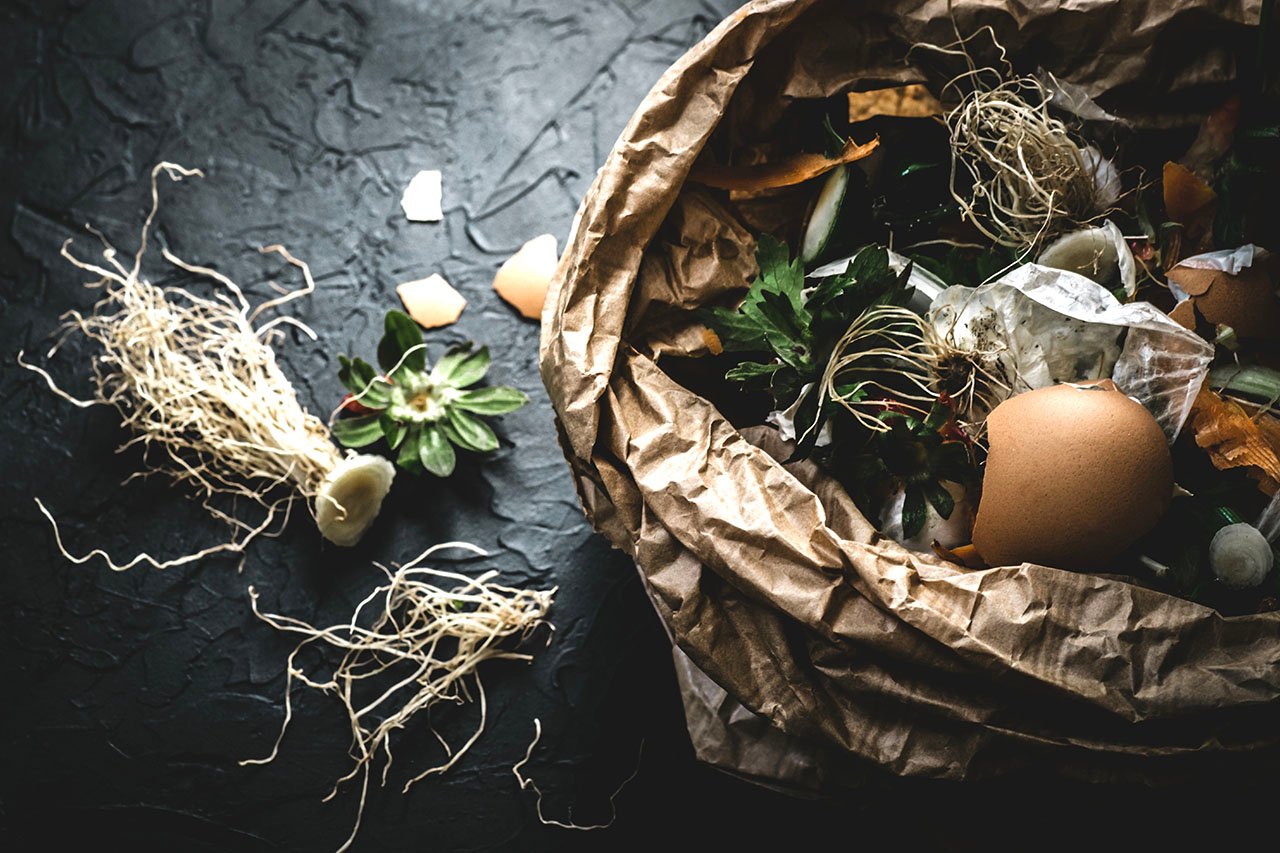Green roofs require a great deal of care and cultivation to serve their environmentally sound purposes. As the novel coronavirus (COVID-19) pushes thoughts of landscape maintenance to the background, it’s important to take note of the most immediate measures needed to ensure the survival of established foliage, in New York City and beyond.
While enhancing the property may not be at the forefront of building owners’ minds right now, preserving the current habitat should be.
Green Roof Upkeep During COVID-19
The primary focus should be in establishing a properly functioning irrigation system, integral to the upkeep of green roofs. Ideally, this should be done prior to the system being turned on for the spring and summer seasons, paving the way for unwanted plants to be removed prior to them going to seed.
Staff should be equipped with N95 masks, boot covers, gloves, and hand sanitizer, and take care to service building during periods when there are the fewest number of occupants present, if possible. Allot extra time to walk up to the roof, rather than using elevators.
Be sure to provide a pause within maintenance contracts, with the promise to make up for additional services in the coming months, leaving all but the most urgent measures for a later date to reduce the amount of time spent on site.
If access is impossible due to the current circumstances, consider providing remote tech support to inspect, monitor, and manage the irrigation systems.
NYC: Home to Rooftop Oases
New York City parks currently maintain more than 200,000 square feet of green roofs across the five boroughs, most featuring a selection of native plants, sedums, green walls, hydroponic towers, vegetable and herb farms, and honeybee hives.
Their goal is to substantially reduce the city’s heat island effect, while systematically decreasing energy costs, improving both air and water quality, sequestering carbon, and providing a natural habitat for urban wildlife. By cultivating a thin layer of vegetation on a flat or pitched roof, green roofs have become essential to modern sustainable design.
Though every natural environment is unique, each contains some type of waterproofing, a root barrier, water retention and drainage systems, a growing medium, and of course, the plants themselves. Of special note, the Five Borough Green roof at Randall’s Island is currently the only structure in the nation known to feature dozens of unique green roof systems side-by-side.
Last year, the city proposed a tax incentive designed to encourage property owners across the five boroughs to implement green roofs, offering an abatement of $5.23 per square-foot, provided at least 80% of the surface is covered with plants. This was recently extended through July 2024, with a promise to adjust funds for those more suburban properties prone to sewage overflows during storms, as well as those compromised by limited green space.
As of now, fewer than 750 of the city’s 1 million buildings currently have green roofs.
For further information on developing green roofs, and the materials required, contact Long Island Compost today.
